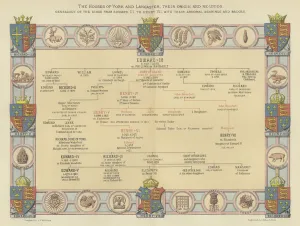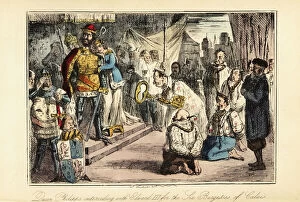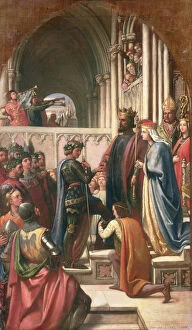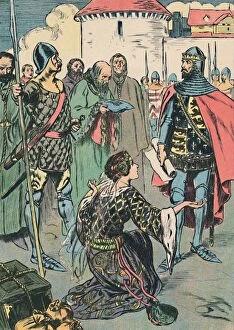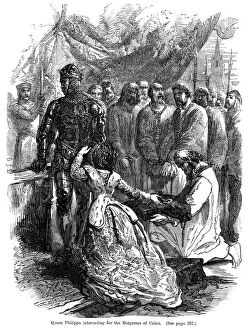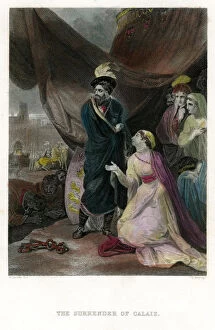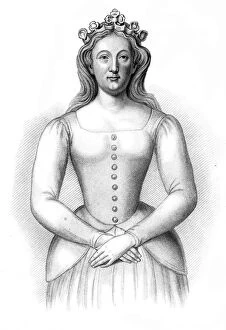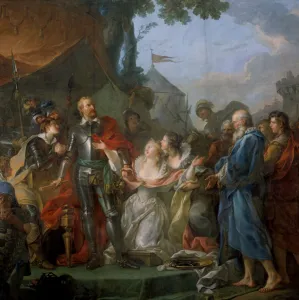Philippa Of Hainault Collection
"Philippa of Hainault: A Queen's Legacy and Influence on English History" In the captivating tapestry of medieval England
All Professionally Made to Order for Quick Shipping
"Philippa of Hainault: A Queen's Legacy and Influence on English History" In the captivating tapestry of medieval England, Philippa of Hainault emerges as a figure of strength, grace, and diplomacy. As the consort of King Edward III, she played a pivotal role in shaping the Houses of York and Lancaster, ultimately leading to their historic re-union. Born in 1314 in modern-day Belgium, Philippa embarked on her journey to greatness when she married Edward III at just fourteen years old. Their union would prove instrumental in forging alliances and securing peace throughout Europe. One iconic moment captured by history is King Edward III's triumphant return after the Siege of Calais in 1347. This victory showcased his military prowess while also highlighting Philippa's unwavering support as she stood by his side during this significant event. Philippa's influence extended beyond her role as queen consort; she was known for her compassion and intercession for others. One such instance was when she pleaded with her husband to spare the lives of the Burgesses of Calais – an act that demonstrated both her empathy and political acumen. Her legacy can still be seen today through landmarks like Westminster Abbey where her tomb stands proudly as a testament to her enduring impact. Additionally, Queens College, Oxford owes its founding to Philippa's patronage and support. The Investiture of the Black Prince further exemplifies Philippa's significance within English royalty. She played an integral part in conferring upon him one of England's highest honors – The Order of the Garter – cementing their family's place among nobility for generations to come. Queen Victoria paid homage to this remarkable queen at Buckingham Palace during her Plantagenet Costume Ball held on May 7th, 1842. The event celebrated not only historical figures but also highlighted how deeply rooted Queen Philippa’s influence remained centuries later.

